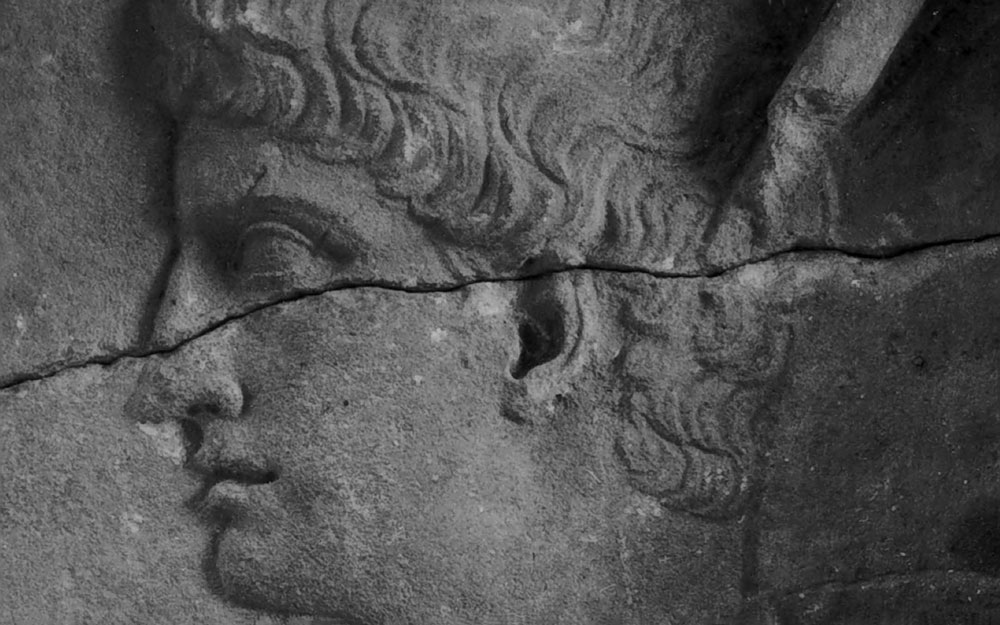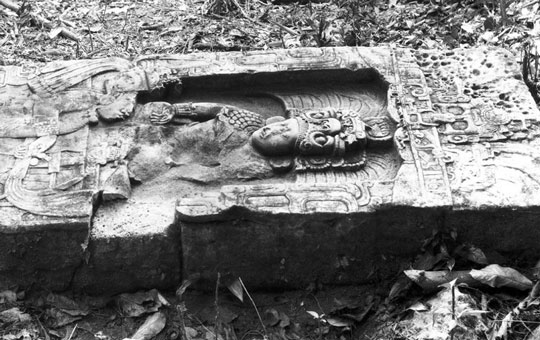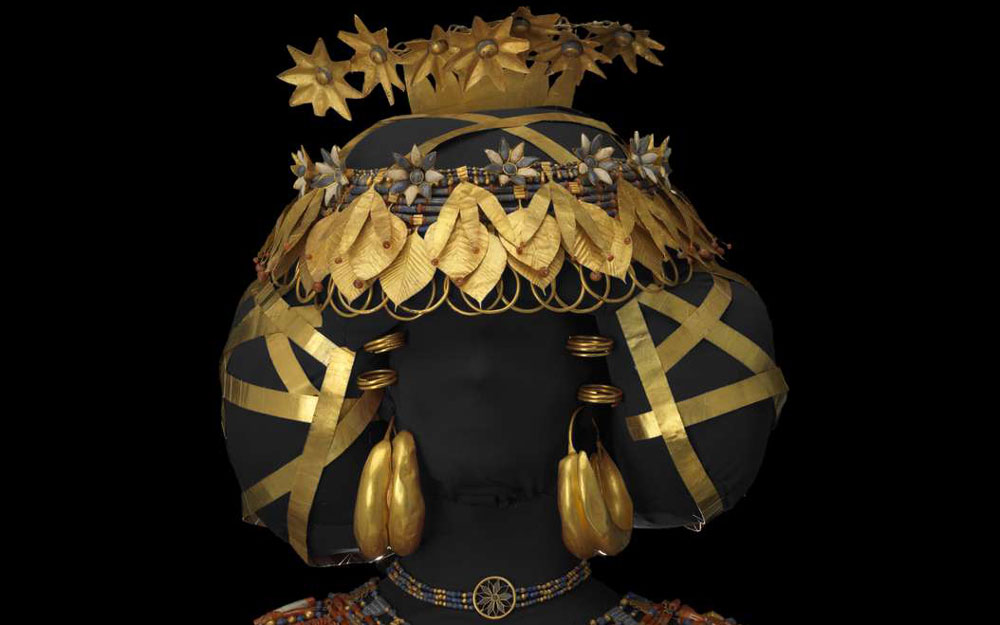Online Collections
Explore Penn Museum collections information, images, archival films, and more.
Notice for Collections Content
These records describe cultural and historical items that may be culturally sensitive. Some records may document human remains; others may contain names, images, or recordings of deceased individuals or include information or language that is outdated, offensive, or incorrect. These are based on past collecting practices and interpretations, which may not reflect current views and values of the Penn Museum.
We update records and images regularly and encourage and welcome members of descendant communities, scholars, and others to contact us with feedback, questions, or concerns.
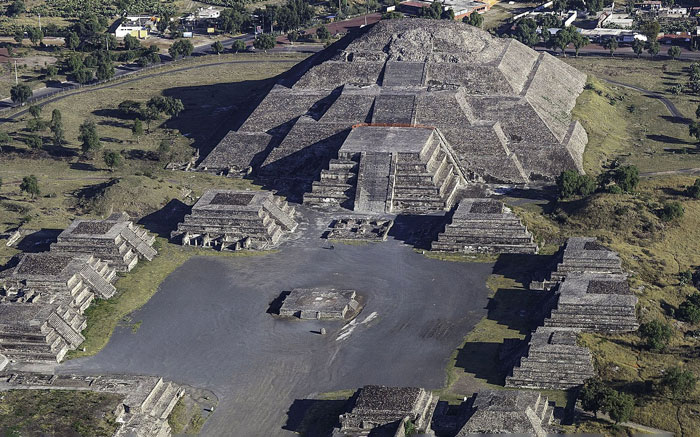
World Heritage
2022-2023 Lecture Series
Since 1972, the United Nations Educational, Scientific and Cultural Organization (UNESCO) has designated locations of cultural and natural significance that are of outstanding value to humanity as World Heritage Sites. These sites comprise a breathtaking panorama of our world’s greatest treasures, both natural and man-made, located in 167 countries. Learn about a selection of these sites.
Watch Series
Ur, Iraq
Located in southern Iraq, Ur was one of the most famous archaeological excavations during the early 20th century. The work at Ur brought the magic of archaeology to life, particularly by tying the discoveries into familiar biblical stories. Between 1922 and 1934, the Joint Expedition of the British Museum and the Penn Museum uncovered some of the most well-known and celebrated art from ancient Mesopotamia.
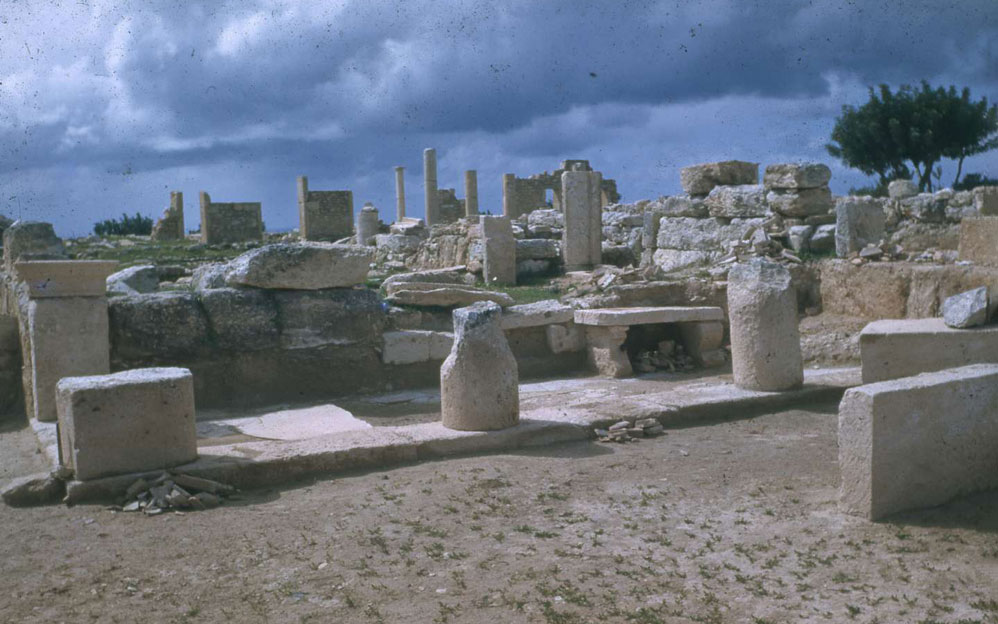
Kourion, Cyprus
The island of Cyprus is located in the eastern Mediterranean Sea to the south of Turkey and west of Syria, Lebanon, and Israel. During the 20th century, the Penn Museum excavated at a number of locations in Cyprus. The site of Kourion resulted in some 2,000 objects coming to the Museum as a result of a division of finds with the Cyprus Department of Antiquities.


